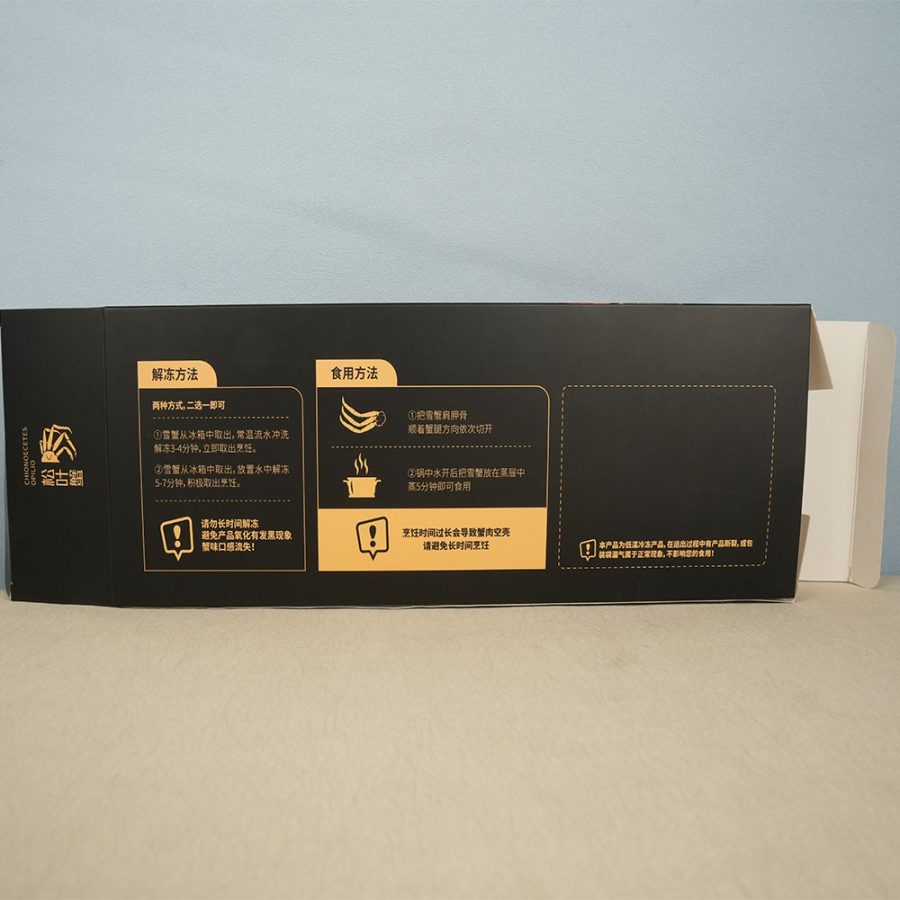How to Customize Sustainable Luxury Shopping Bags
As luxury brands move towards sustainability, eco-friendly packaging has become a crucial part of their identity. High-end consumers now expect brands to balance elegance with environmental responsibility. Customizing sustainable luxury shopping bags not only enhances brand reputation but also meets global sustainability goals. This guide explores the key steps in designing bespoke, eco-conscious shopping bags.
1. Select Eco-Friendly Materials
The choice of material significantly impacts the sustainability and luxury appeal of shopping bags. Consider:
Recycled Paper – FSC-certified or post-consumer recycled paper offers a premium look while being 100% recyclable.
Kraft Paper – A sturdy, biodegradable alternative with a natural aesthetic.
Organic Cotton or Jute – Durable, reusable, and biodegradable fabrics that enhance the eco-conscious image.
Bamboo Fiber – Lightweight, renewable, and compostable, making it a perfect alternative to synthetic materials.
Vegan Leather or Faux Suede – For ultra-premium packaging, sustainable alternatives to animal-based materials ensure luxury with minimal impact.

2. Opt for Sustainable Printing and Branding Techniques
Traditional printing methods involve harmful chemicals and excess waste. Instead, consider:
Soy-Based or Water-Based Inks – These are biodegradable, non-toxic, and provide vibrant prints.
UV Printing – Uses minimal chemicals and energy while producing high-quality prints.
Debossing, Embossing, and Hot Foil Stamping – Adds a premium tactile effect without excessive ink usage.
Minimalist Branding – Less ink means less environmental impact while maintaining a sophisticated design.
3. Prioritize Functional and Reusable Design
A well-designed shopping bag should be reusable to maximize branding exposure and reduce waste. Key considerations:
Durable Handles – Opt for twisted paper, cotton rope, or bamboo handles that align with sustainability.
Foldable or Convertible Designs – Encourages customers to reuse the bags for different purposes.
Reinforced Structure – Sturdy bases and side panels enhance durability and premium appeal.
Magnetic Closures, Drawstrings, or Ribbon Ties – Adds sophistication while eliminating non-biodegradable adhesives.
Multi-Purpose Use – Bags that double as storage organizers or tote bags encourage long-term use.
4. Use Smart Technology for Sustainability Messaging
Luxury shopping bags can be interactive by incorporating digital elements that engage customers while promoting sustainability:
QR Codes – Direct customers to sustainability reports, brand stories, or eco-friendly initiatives.
NFC Tags – Enable seamless interaction via smartphones to educate customers on recycling and reusability.
Augmented Reality (AR) Experiences – Showcase the craftsmanship and sustainable sourcing behind your brand.
5. Ensure Ethical and Sustainable Manufacturing
Partnering with ethical manufacturers ensures that sustainability extends beyond materials. Look for:
Certified Suppliers – Choose manufacturers with FSC, ISO 14001, or GOTS certifications to guarantee responsible production.
Carbon-Neutral or Low-Emission Factories – Reduces the overall carbon footprint of packaging.
Fair Trade and Ethical Labor Practices – Ensures responsible sourcing and ethical working conditions.

6. Promote Circular Economy Practices
To minimize waste and support a circular economy, luxury brands should:
Offer Take-Back Programs – Encourage customers to return used packaging for recycling or repurposing.
Use Compostable or Biodegradable Bags – Ensure easy disposal with minimal environmental impact.
Educate Consumers on Disposal and Reusability – Print instructions on how to recycle or repurpose the bags.
Conclusion
Customizing sustainable luxury shopping bags is not just about aesthetics—it’s a strategic move towards responsible branding. By integrating eco-friendly materials, innovative printing techniques, functional designs, ethical manufacturing, and smart technology, brands can create packaging that reflects luxury while upholding sustainability. In an era where consumers value both prestige and environmental responsibility, sustainable packaging is no longer an option—it’s a necessity.







